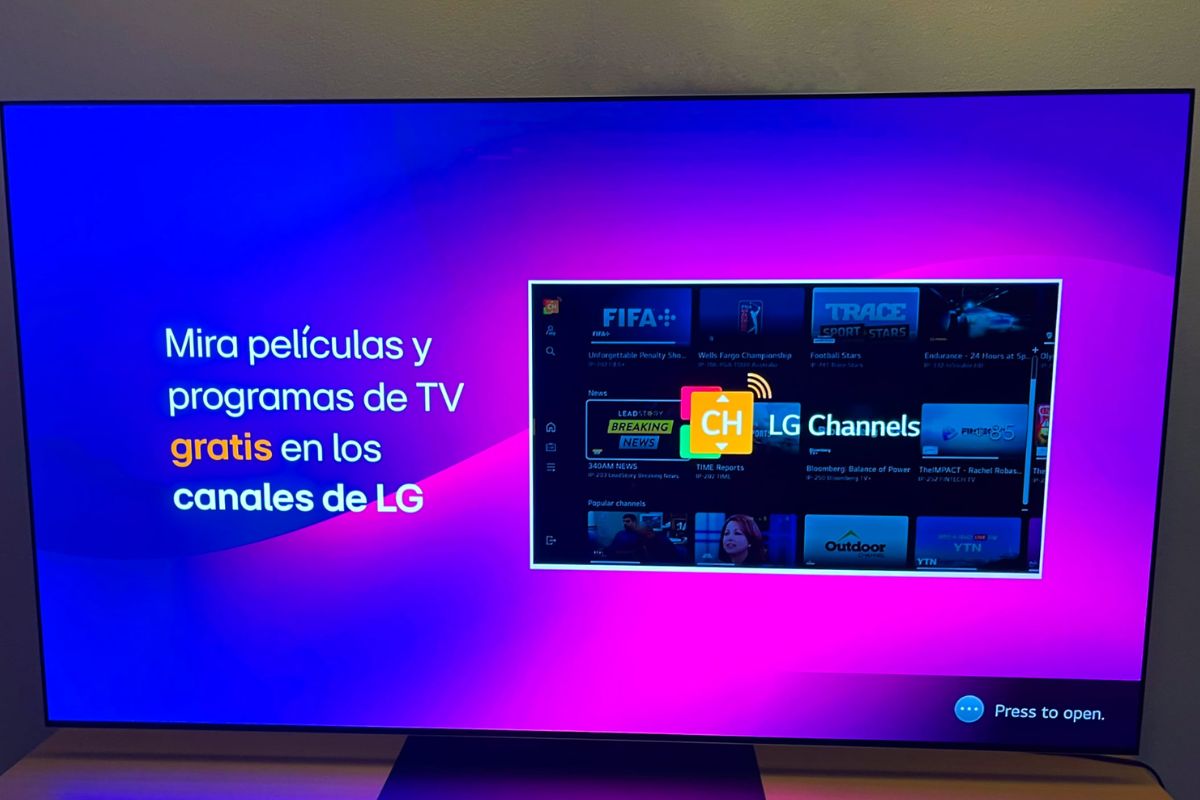LG Implements Screensaver Ads on Older TV Models
In recent developments, LG has expanded its screensaver ad feature to older models of its smart TVs, surprising many users who purchased these models before such features were introduced. Originally, LG’s latest smart TVs, including their high-end OLED versions, began displaying ads when idle. According to reports from FlatpanelsHD, this ad feature is now being rolled out to older models dating back to 2020, affecting users of LG GX OLED (2020), LG B1 OLED (2021), and LG B2 OLED (2022) models.
The unexpected upgrade has caught users off guard, as these screensaver ads were not part of the original purchase and were not mentioned in recent updates to LG’s webOS software. This retroactive feature addition has led to mixed reactions, with some users expressing discontent over the unsolicited content on their screens.
User Reactions and Steps to Disable Screensaver Ads
Many users have voiced their frustration, particularly because they bought older LG models without the expectation of ad-based features. While LG has not issued a formal statement on the rationale behind this move, the company has provided a temporary solution for those who prefer an ad-free experience. Users can disable screensaver ads by navigating to “Settings,” selecting “Additional Settings,” and turning off the “Screen Saver Promotion” option.
Although the ads can be disabled at this time, it remains uncertain whether LG will continue to provide this option or make the ads a permanent feature. As ad-supported features become more common in smart devices, some users are concerned about the potential for more intrusive advertising on platforms that were initially ad-free.
Industry Trend: Screensaver Ads Gain Popularity
LG’s approach is part of a broader trend among tech companies to monetize idle screen time on smart devices. LG joins other companies like Amazon, Google, and Roku, which have introduced similar ad-based features on their streaming and smart TV platforms. Amazon’s Fire TV, Google TV, and Roku’s streaming services have all adopted this model, using screensavers and idle modes to show promotional content.
With more companies adopting this approach, the smart TV market is shifting towards ad-supported content as a new revenue model, leveraging screen inactivity to display targeted ads. While some consumers appreciate the potential cost savings that ad-supported models might offer, others prefer to maintain a more private, ad-free experience on their personal devices. As LG and other tech giants continue to navigate these changes, consumer responses will likely influence how companies handle ad implementations on future devices.






